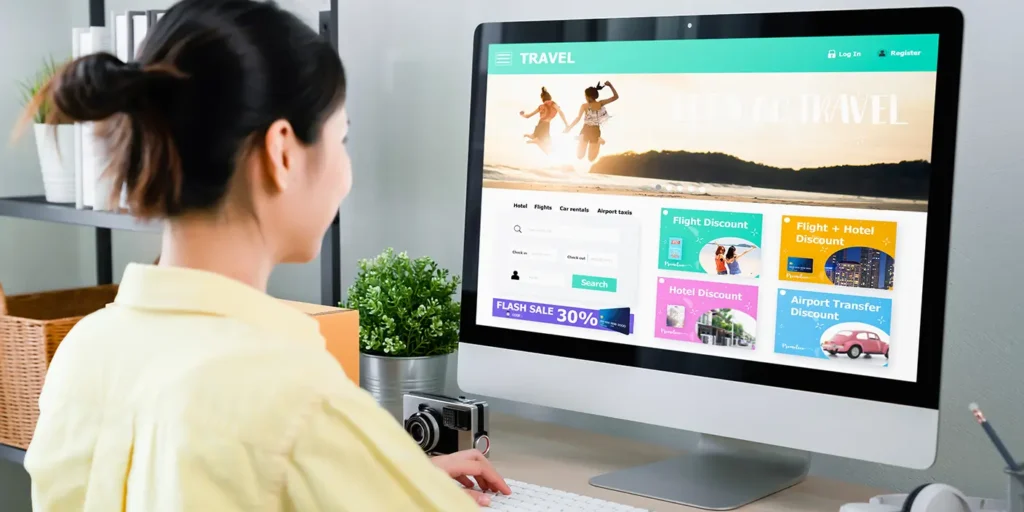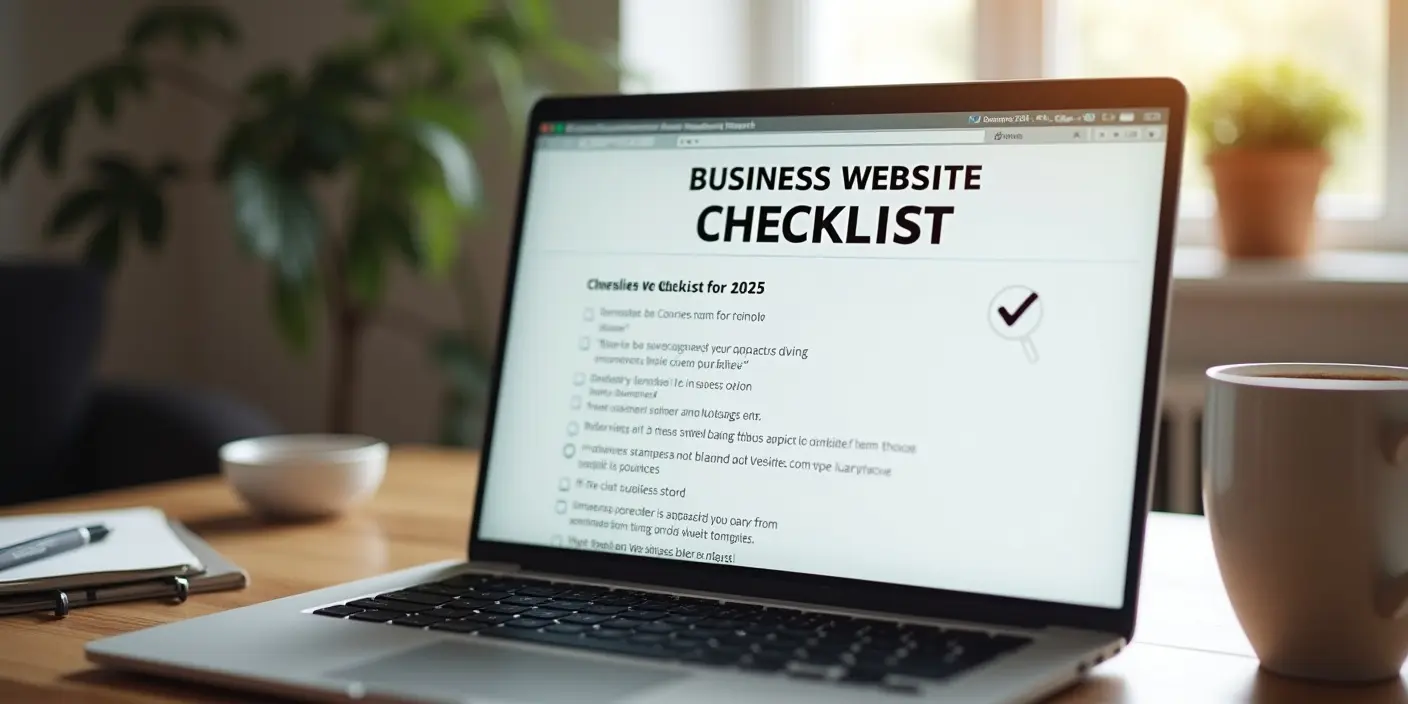
What should a business website include in 2025 to help you grow your brand, attract more customers, and make your life easier?
If you’re a small business owner, you already know that a website is essential. But maybe you launched one and it never got traffic. Or maybe you’re still figuring out where to start and feeling stuck. The truth is, most small business websites fail not because they’re ugly, but because they’re missing a few key things.
In this blog, I’ll walk you through the core elements every business website needs in 2025. Whether you’re starting fresh or trying to improve what you already have, this checklist will guide you. No jargon. No tech confusion. Just simple steps that work.
A Homepage That Makes Visitors Stay
Your homepage is the first thing people see. Most visitors decide in just a few seconds whether your site is worth staying on. So your homepage needs to clearly answer three things right away:
What do you offer?
Who is it for?
How does it help them?
Your headline should be bold and clear. Below that, use a simple line that explains the result you deliver. For example, “Helping local businesses get more customers through modern, mobile-friendly websites.” Add a big button that tells people exactly what to do next, like “Book a Free Audit” or “View Our Work.”
If your homepage tries to say everything, it ends up saying nothing. One clear message is enough. Your design should also be clean and not overloaded with too many animations or distractions.
💡 A strong homepage answers what you offer, who it’s for, and how it helps.
Clear Services or Product Pages

After the homepage, visitors look for your services or product pages. This is where you break down what you do. If you offer services, describe each one in a way that shows how it solves a real problem. Talk less about features and more about the result. If you sell products, organize them in clean categories and make it easy to browse.
Use short paragraphs with headings so people can scan quickly. Include pricing if you can. If you don’t want to list prices, at least mention “starting at” or “custom pricing available.”
Every service page should have a clear next step, like “Schedule a Call,” “Request a Quote,” or “Start Now.” Don’t make people guess what to do next.
💡 Not sure if your site is the problem?
Get a free website audit and find out what’s holding your site back.
👉 Request Your FREE Website Audit
Trust Builders Like Testimonials and Social Proof
Most people don’t trust a new business right away. That’s why your website needs proof that other people have trusted you before.
Even if you’re just starting, you can showcase sample projects, before-and-after screenshots, or even mockups of work you’ve done for practice. Add real testimonials if you have them. A face, name, and what they experienced can build more trust than a whole paragraph of sales copy.
If you’ve been featured on a podcast, in a local article, or partnered with a known brand, include their logo. Just show that others believe in your work.
A Contact Page That Builds Connection

Contact pages are usually treated like an afterthought, but they matter. A lot. If someone is on this page, they’re interested. But if the form feels cold or impersonal, they might leave.
Start with a friendly message like “We’d love to hear from you.” Offer more than one way to reach you. Let people know when they can expect a reply.
Include a photo of yourself or your team if you feel comfortable. It makes you feel human and encourages people to take the next step.
🧹 You may also like: Web Design vs DIY Website Builder: What Gets Result
Fast Load Speed and Mobile Optimization
You could have the best content in the world, but if your site loads slowly or doesn’t work well on mobile, visitors will leave. Google knows this too. It ranks fast, mobile-optimized sites higher.
Keep your site under 3 seconds for load time. Use lightweight plugins, compress images, and make sure you’re not running too many scripts in the background.
Check how your site looks on a phone. Are buttons big enough? Is the text easy to read? Most of your visitors will check your site on mobile first. This step can make or break your conversions.
💡 Not sure if your site is the problem?
Get a free website audit and find out what’s holding your site back.
👉 Request Your Free Website Audit🔗 External Tool: Check your website speed with PageSpeed Insights
FAQs
1. What should a business website include in 2025?
It should include a clear homepage, detailed service or product pages, testimonials, a working contact form, fast load speed, and mobile-friendly design. Adding blogs, a portfolio, and social proof helps too. You can get all of this done at Salt Web Designer.
2. Can I build a website even if I don’t have content ready?
Yes. Start simple. Use placeholder text and update it later. Focus on the structure first: homepage, services, contact page, and a short about section. You can always grow it step-by-step.
3. Should I add a blog even if I’m not a writer?
Absolutely. A blog helps people find you through Google. You don’t need to write every week. Even just three well-written blogs can help your SEO. Start with topics your customers are already asking about.
4. How much does it cost to build a business website?
It depends. Some platforms are cheap but limit your growth. A good custom site from someone like Salt Web Designer can give you a professional look and real results.
5. How do I know if my site is helping my business or hurting it?
Check if people are staying on the site, clicking buttons, and reaching out. If not, something may be off. Book a free audit and get honest feedback.

Conclusion
So, what should a business website include in 2025?
You need more than just a homepage. You need a website that works for your visitors, shows your value clearly, and encourages action. Start with a strong homepage, explain what you do, build trust with testimonials, invite people to connect, and make sure it all works on mobile.
Your website should support your business, not confuse your customers. If you’re unsure where to start or what’s missing, you don’t have to figure it out alone.
Want a site that actually helps you grow?
Visit Salt Web Designer and let’s make it happen.

